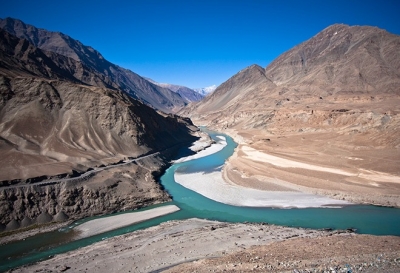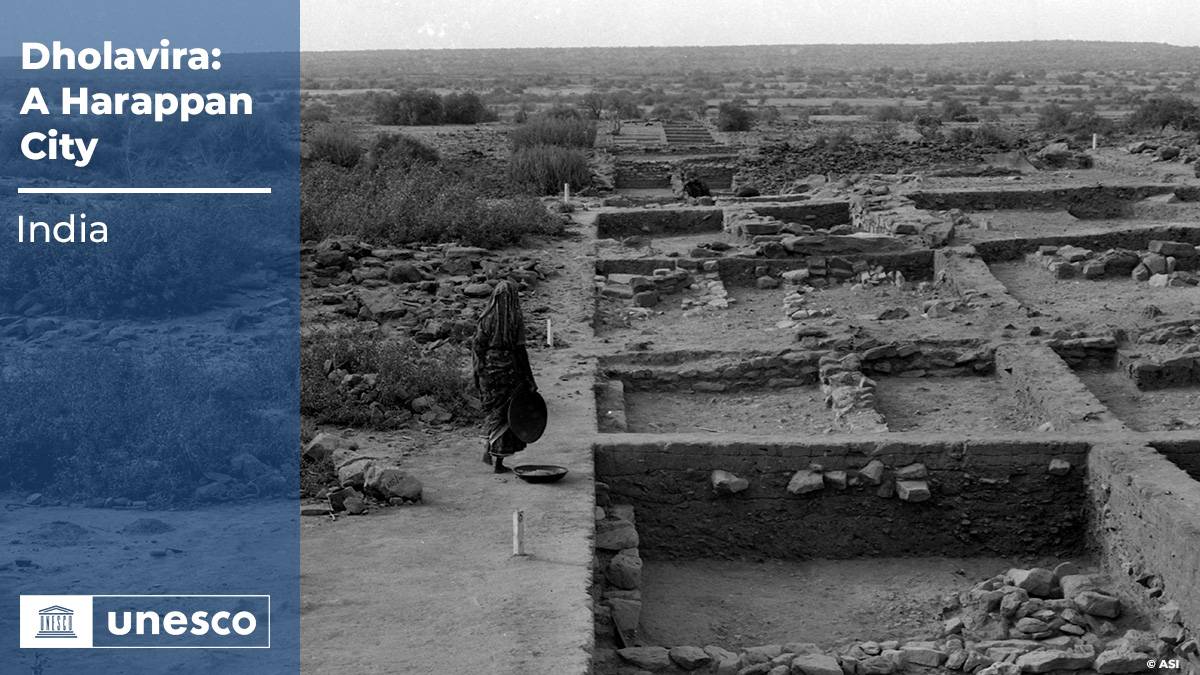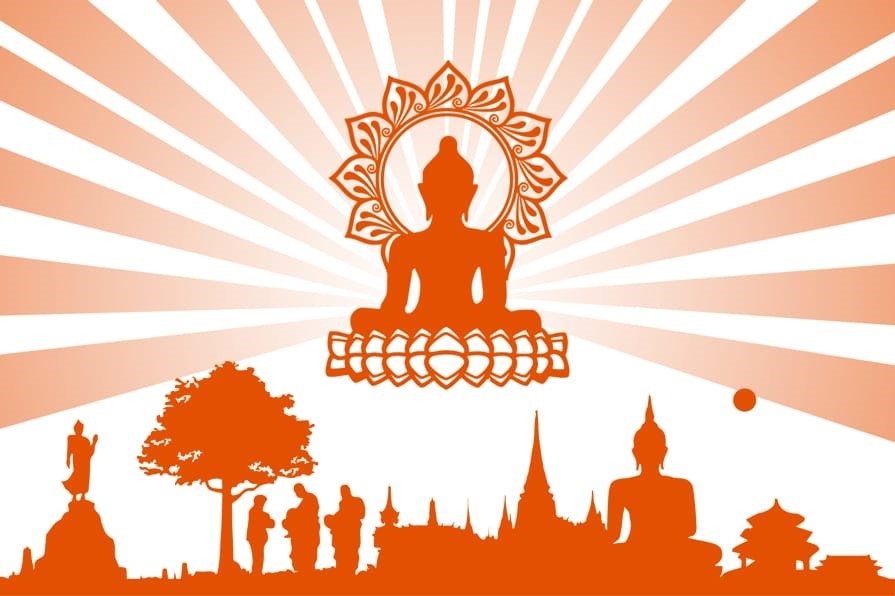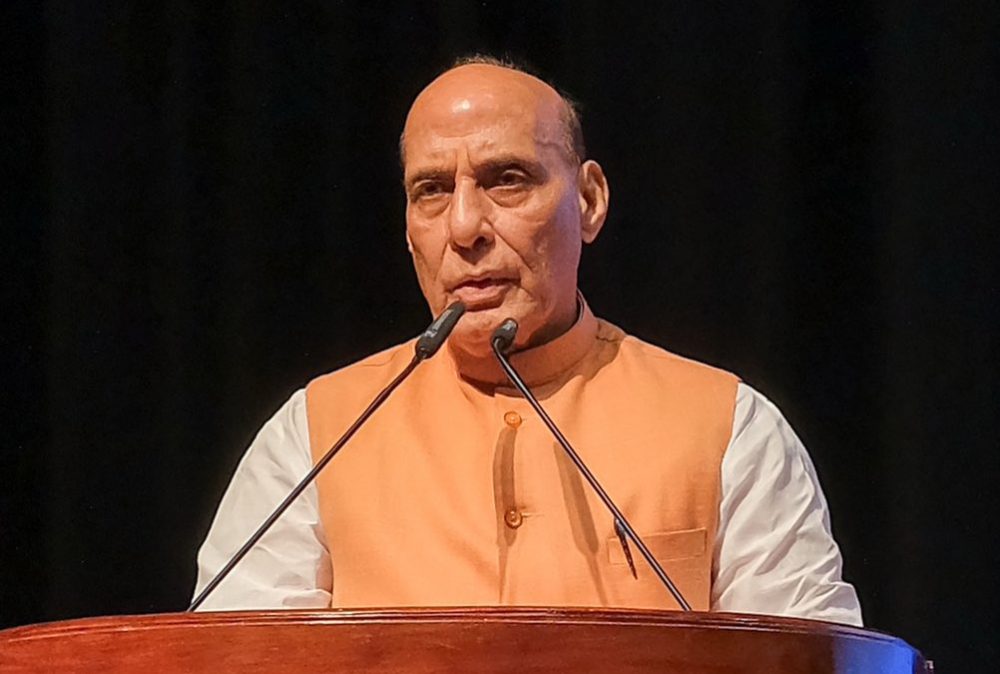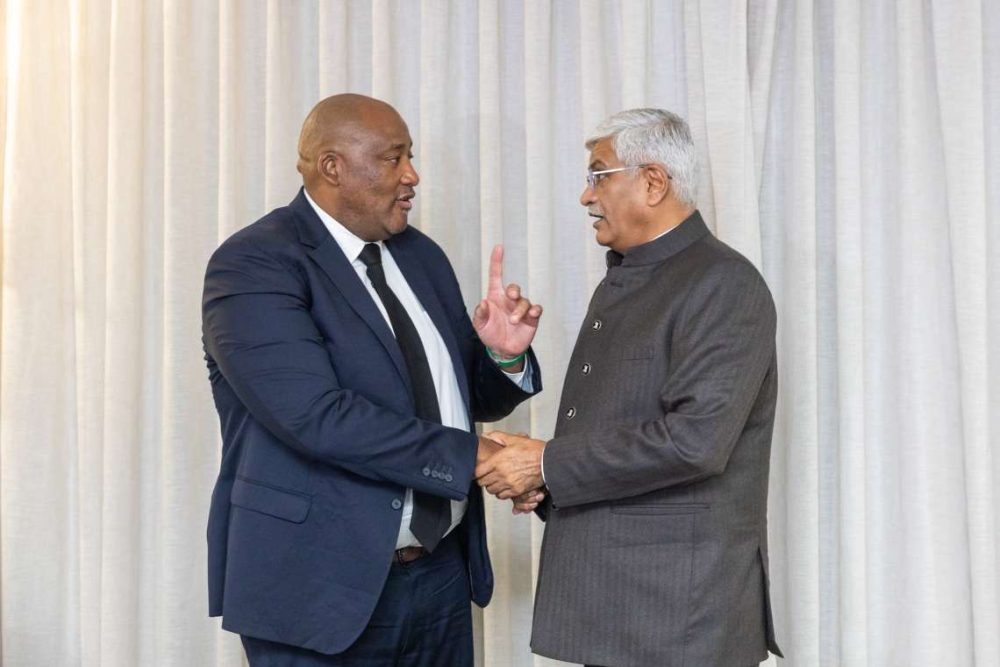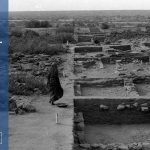By Dilip K Roy Fras
According to scholars, The Indus valley Civilization existed between 2600 to 1900 BCE when it mysteriously vanished frm the view until the 1920s. Today after almost a century of excavations it is regarded as the beginning of Indian civilization and possibly the origin of Hinduism.
Discussions of the origins of Hinduism until the early twentieth century had one obvious starting point : the Veda of the Aryans. The term Aryan derives from the Sanskrit (arya) which means Noble and is used to designate the people whose religious world is reflected in the RGVEDA. However, the discovery of Indus Valley Civilization was greeted with great excitement. The cities of Harappa and Mohenjo-Daro part of the Indus Valley Civilization, were discovered by Sir John Marshall and Indian archaeologist such as Rakhal Das Banerji who was the first person to recognize the antiquity of this unknown site during the 1920s. According to later scholars the Civilization flourished between (7000-6000 BCE) both cities had a huge acropolis and rectangular city plans, with Mohenjo-Daro also sporting a great Bath. Later archaeological findings have uncovered over one thousand more sites taking them from Punjab in north of India to as far as Afghanistan. The cultural unity between the cities is evident in architecture, pottery and writings.

Archaeologist DR Bhandarkar tried to discover impressive Buddhist stupa like those he had spotted elsewhere in Sindh. Banerji however, immediately recognized the drum of the stupa and began to excavate the stupa’s platform and he discovered three seals the first of it’s kind to be found Harappa. The river Sarasvati (between the Yamuna and Sutlej) was considered the most distinct in majasty according to RGVEDA. Banerji went on to become professor of archaeology at Calcutta university while Bhandarkar started a research institute at Pune known as BORI where all the ancient manuscripts are housed.
After the discovery of Indus Valley Civization, Harappan sites along the banks of Hakra and it’s discoveries raised many questions about the relationship between the Vedic Aryans and the Indus Valley residents and if this river was indeed the Sarasvati of RGVEDA, could the Aryans have lived at the same time as or even been related to the citizens of Indus Valley Civilization held the key to the indigenous culture that had existed prior to the presumed Aryan invasion theory. In religious terms, this suggests that the indigenous beliefs and practices filtered into and interacted with the Hindu Vedic heritage. An alternative view identifies continuities between the Indus Valley Civilization and the Aryans, according which the former was an early version of Vedic culture. The religious implications of this view establishes wholly indegenous roots of Hinduism. Between 1800 and 1700 BCE the Indus Valley Civilization, completely vanished from the scene. It is now presumed that due to massive floods, the entire population was washed away nobody survived to tell the story. The two largest Indus cities, Harappa and Mohenjo-Daro is recognized by the UNESCO as the World Heritage Site – boasted street planning and house drainage worthy of 20th century AD including the world’s first toilets and so many other artifacts.

At the 1893 Parliament of the Worlds Religions in Chicago, which is usually taken to mark the start of organised interfaith activity, the great Sage Swami Vivekananda said he was proud to belong to a religion which accepted ‘all religions as true’ and quoted from the Bhagvadgita which says “Whosoever comes to me through whatsoever form, I reach him.”
Dilip Roy is an Indian cultural enthusiast and a Fellow of Royal Asiatic Society


